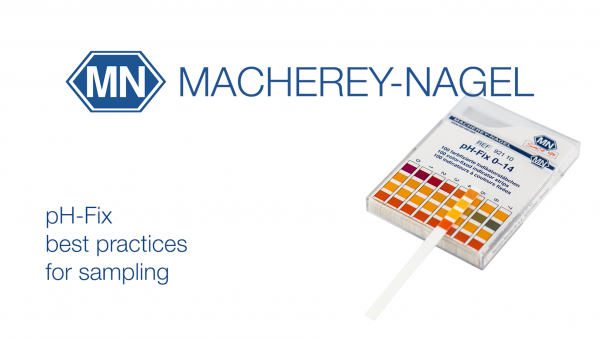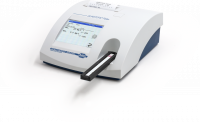In this video we present best practices for sampling prior to strip testing.
Sampling is often undervalued but the most critical part in the analytical process. In general, sampling error is the biggest contributor to the overall uncertainty of results. Not surprisingly, this was the most widely discussed issue when the general practice for strip testing was developed in ASTM D19 (Standard Practice for Estimating pH to Verify Status of Aqueous Samples).
In most cases the best practice is to draw an aliquot of the sample and dip the strip into this aliquot. Doing so, you prevent any contamination of the sample by the test strip. However, for inhomogeneous samples it is not easy to draw an aliquot without changing the composition of the sample. In such cases, let the sample settle down and then dip the strip directly into the sample avoiding contact between the test strip and the sample.
For general pH determination we recommend pH-Fix 0-14.






